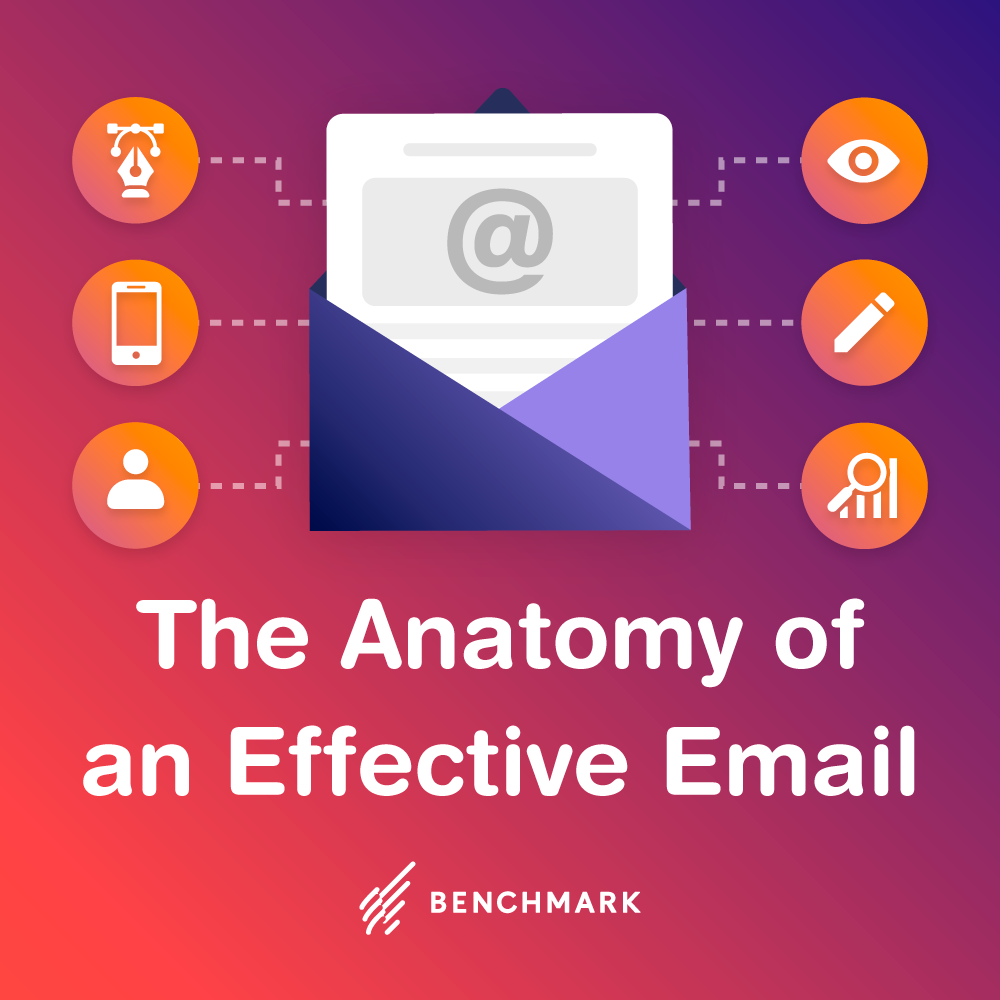
If innovation is the ability to think and create differently, then the 2015 business challenge is to push it out of business practices and into the realm of business campaigns. In the New Year, it’s not just good enough to be innovative in your day-to-day business – nor is it enough to innovate internally with business practices in either creativity or productivity. The new frontier of innovation is thought leadership. It’s about pushing outside of your business to see how you can be creative and think differently as a thought leader.
Enter Frances Mazur, owner of Mazur Group, a Los Angeles-based executive recruiting firm for the beauty industry. Recently featured in the February 2015 issue of Success. Mazur created a conference called Beauty Biz Roundtable that not only gives her access to a wider pool of recruits, but it also created “added value for clients in the form of speaking opportunities [and] elevated industry presences.” For Mazur, thought leadership is about creating an industry rather than just being in it – which is what her conference does. It’s an anchor and a direct line that not only cultivates the Mazur Group as a leader, but which also serves a practical business purpose. But Mazur isn’t the only one getting a jump start in innovative thought leadership.
Castlewood Treatment Center, which treats eating disorders, already pushed the thought leadership envelope in late 2014. They started by breakthrough campaign called #NoFilter, the idea behind it being to encourage social shares of your true authentic filter-free self. Even though neither the campaign nor the hashtag is specifically eating disorder related, the association is a powerful one that has spearheaded Castlewood as a thought leader in eating disorder awareness, alongside the social factors that trigger or cause relapse – such as societal obsession with “perfection” and impossible standards.
With #NoFilter, Castlewood dominates conversation in a real setting with real people, getting both social shares and dialogue on a subject they’re passionate about raising awareness for. The campaign wins because it’s not self-promotional; rather, it promotes social knowledge and acceptance effortlessly through being present on the social media channels that people already flock to.
On the subject of going to where people are rather than trying to get them to come to you – which by the way is why email marketing works – another innovative thought leadership success story is found in Greenpeace USA.
As featured in the winter issue of Fast Company, Greenpeace’s new executive director Annie Leonard, confesses to arriving at a similar realization. In an article titled “Sustainable Storytelling,” Ariel Schwartz writes how “nearly a decade ago, Leonard was giving a presentation at the Rockwood Leadership Institute” that really drove the point home when it comes to effective communication.
Leonard continues the story, “I used my most data-filled, technical, sophisticated jargon…at the end, one guy – who was really smart – said, ‘I have no idea what just said.’ I realized you have to talk to people where they’re at, not where you’re at.”
Enter sustainable storytelling.
Leonard took the innovative trend of storytelling and used it to drive a point home with her audience and get a major world-renown company to stop doing business with another major world-renowned company….and without ever having to petition for it. Leonard got Lego to “end its relationship with Shell after a Greenpeace-produced video of toy polar bears drowning in oil went viral.”
No arms were twisted and no polar bears were hurt in the making of that video – but it still got a juggernaut corporation to pay attention and act favorably. And that’s really what innovative thought leadership is about. It’s not just a question of whether you have the podium and the attention of the audience – it’s about what you do with that attention.



